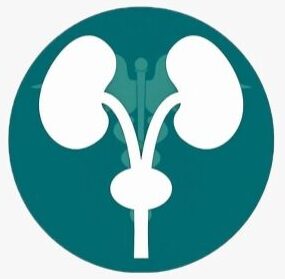When considering any surgical procedure, it is natural to have questions about its success rate and potential outcomes. In the case of BNI (Burr Hole Neurosurgery with Indwelling Catheter) surgery, understanding the success rate is crucial for patients and healthcare providers alike. This comprehensive article aims to delve into the success rate of BNI surgery, discussing factors that influence outcomes, patient expectations, and the significance of personalized assessments. By gaining insights into the success rate of BNI surgery, individuals can make informed decisions regarding their healthcare.
Defining the Success Rate of BNI Surgery
The success rate of BNI surgery refers to the percentage of patients who achieve the desired outcomes or experience improvements in their condition following the procedure. It is important to note that success rates may vary depending on the specific urological condition being treated and individual patient factors.
Factors Influencing the Success Rate
Several factors can influence the success rate of BNI surgery. These include the underlying urological condition being addressed, the severity and complexity of the condition, the patient’s overall health, and adherence to post-operative care and follow-up appointments. Additionally, the experience and expertise of the surgical team play a significant role in determining the success of the procedure.
In general, many factors can influence the success rate of any surgical procedure. These factors can include:
- Patient’s Overall Health: The healthier the patient, the better the potential surgery outcomes. Existing conditions like heart disease, diabetes, and obesity can complicate surgery and recovery.
- Surgeon’s Skill and Experience: A surgeon’s expertise and familiarity with the procedure being performed can significantly influence the surgery’s success.
- Quality of Pre- and Post-operative Care: Comprehensive care before and after surgery can contribute to better outcomes.
- Specific Procedure: Some surgeries are inherently riskier or have lower success rates due to their complexity or the condition being treated.
- Patient’s Age: Younger patients often recover faster and have fewer complications than older ones, although this is not always the case.
- Patient’s Compliance with Post-operative Instructions: Following the doctor’s instructions after surgery can significantly impact recovery and success rates.
Understanding Patient Expectations
Managing patient expectations is a crucial aspect of discussing the success rate of BNI surgery. It is essential for patients to have realistic expectations regarding the outcomes of the procedure. The success rate should be evaluated in terms of improvements in symptoms, quality of life, and overall management of the urological condition.
Individualized Assessments and Treatment Plans
Given the varying nature of urological conditions and patient factors, individualized assessments are imperative for accurate predictions of success. Each patient’s unique circumstances and medical history must be taken into account when discussing the success rate of BNI’s surgery. A comprehensive evaluation by a qualified urologist is necessary to determine the suitability of the procedure and provide personalized treatment plans.
FAQs : What is the success rate of BNI surgery?
What are the common urological conditions treated with BNI surgery?
BNI surgery is commonly used to treat neurogenic bladder, a condition caused by nerve damage that affects bladder function. It can also be considered for certain cases of urinary incontinence or other urological conditions that have not responded well to conservative treatments.
Is BNI surgery considered a safe procedure?
BNI surgery, like any surgical procedure, carries certain risks. However, with appropriate patient selection and skilled surgical teams, the procedure is generally considered safe. It is crucial to discuss potential risks and complications with your healthcare provider before undergoing BNI surgery.
What can I expect during the recovery period after BNI surgery?
The recovery period after BNI surgery may vary depending on the individual and the specific condition being treated. It is important to follow post-operative care instructions provided by your healthcare provider, attend follow-up appointments, and communicate any concerns or changes in your condition during the recovery process.
Conclusion
The success rate of BNI surgery is influenced by various factors, including the underlying urological condition, patient health, and post-operative care. Understanding patient expectations and individualizing assessments are key components in discussing the success rate of BNI surgery. By consulting with a skilled urologist and having open discussions about potential outcomes, patients can make informed decisions regarding their treatment options. BNI surgery offers the potential for improved symptoms and quality of life, but individualized evaluations are essential to determine its suitability for each patient.




